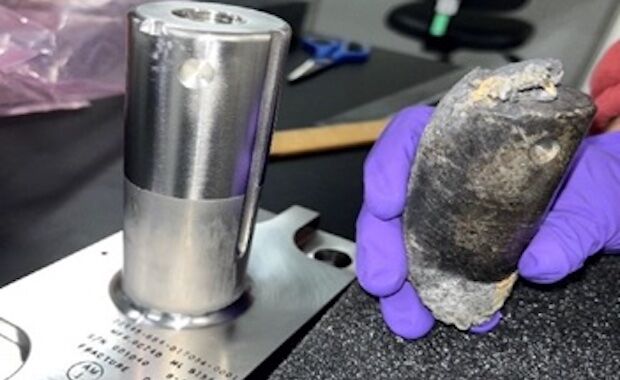Alejandro Otero, owner of the Naples, Florida, home struck by the debris, was not home when part of a battery pack from the International Space Station crashed through his home on March 8. His son Daniel, 19, was home but escaped injury. NASA has confirmed the 1.6-pound object, made of the metal alloy Inconel, was part of a battery pack jettisoned from the space station in 2021.
An attorney for the Otero family, Mica Nguyen Worthy, told Ars that she has asked NASA for “in excess of $80,000” for non-insured property damage loss, business interruption damages, emotional and mental anguish damages, and the costs for assistance from third parties.
“We intentionally kept it very reasonable because we did not want it to appear to NASA that my clients are seeking a windfall,” Worthy said.
Seems reasonable to me. If I accidentally caused damages to someone’s home, I’d certainly be held liable. But, I’m just some guy.



This is not correct.
The reason for a “more dramatic arc”, is that as an objects looses orbital height, it keeps hitting ever denser atmosphere, until it ends up losing enough momentum to not be able to complete an orbit, which precipitates things (pun intended).